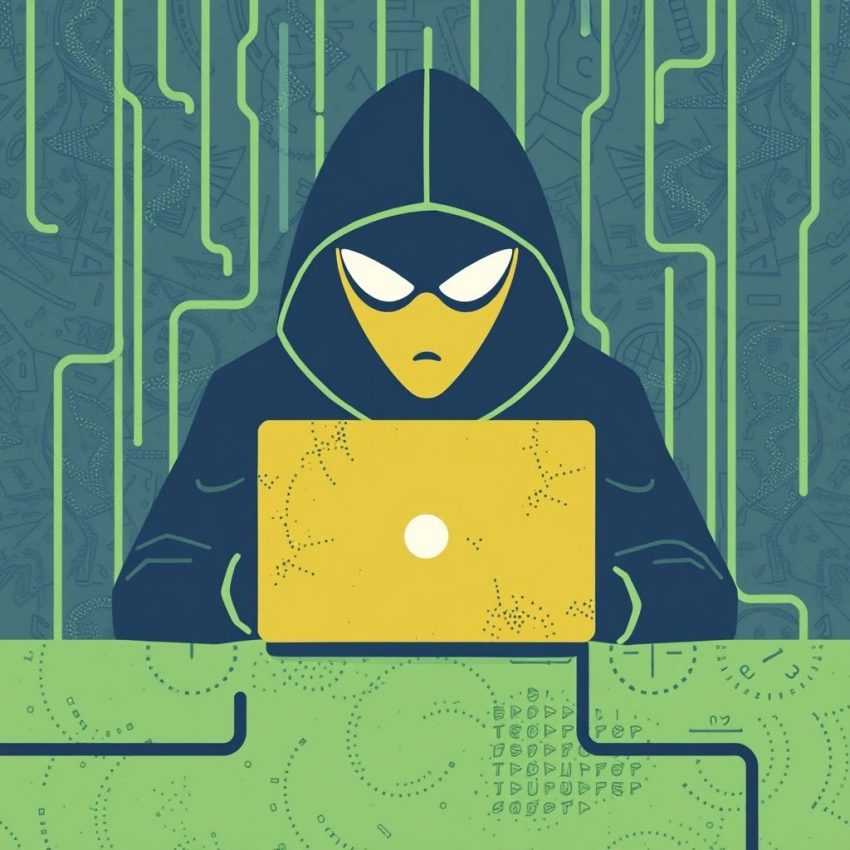The Most Dangerous Hackers You’ve Never Heard Of
We all know the names Kevin Mitnick, Anonymous, and perhaps even Albert Gonzalez. These hackers, for better or worse, have achieved a level of notoriety. But the truth is, the most dangerous hackers are often the ones operating in the shadows, the names you’ll never know. These are the individuals and groups who quietly infiltrate systems, steal sensitive data, and cripple infrastructure, often leaving little trace behind.
This post isn't about glorifying these individuals. It's about understanding the nature of the threat landscape and why focusing solely on the "celebrity hackers" leaves us vulnerable.
Why the anonymity?
Several factors contribute to the anonymity of these high-level threats:
- State-sponsored actors: Many of the most sophisticated attacks originate from nation-states. These groups operate with vast resources and advanced techniques, and their activities are often shrouded in secrecy for geopolitical reasons. Attribution is difficult, and even when possible, can lead to diplomatic complications.
- Organized crime: Cybercrime is a multi-billion dollar industry. Highly organized criminal syndicates employ skilled hackers to carry out complex attacks for financial gain. They operate in the shadows, protecting their identities to avoid prosecution.
- Hacktivists with a disciplined approach: While some hacktivist groups seek publicity, others prefer to operate discreetly, maximizing their impact without drawing attention to themselves. Their motivations can range from political activism to corporate espionage.
- The sheer volume of attacks: The sheer number of cyberattacks makes it impossible to identify every individual or group responsible. Many attacks are automated or carried out by low-level actors following instructions from higher up the chain.
What makes them so dangerous?
The danger from these unknown actors stems from several factors:
- Advanced Persistent Threats (APTs): These are targeted attacks designed to infiltrate systems and remain undetected for extended periods. They are often used to steal intellectual property, sensitive data, or to gain access to critical infrastructure.
- Zero-Day Exploits: These exploits target vulnerabilities that are unknown to the software vendor, making them incredibly difficult to defend against. They are highly valued in the underground market and are often used by state-sponsored actors and sophisticated criminal groups.
- Sophisticated Social Engineering: These hackers are masters of manipulation. They use psychological techniques to trick individuals into revealing sensitive information or granting access to systems.
- Constantly evolving tactics: The tactics used by these hackers are constantly evolving, making it difficult for security professionals to stay ahead of the curve.
What can be done?
While these threats are significant, there are steps we can take to mitigate the risk:
- Robust cybersecurity infrastructure: Invest in strong security solutions, including firewalls, intrusion detection systems, and endpoint protection.
- Regular security audits and penetration testing: Identify vulnerabilities before attackers do.
- Employee education and awareness: Train employees to recognize and avoid phishing scams and other social engineering tactics.
- Threat intelligence sharing: Stay informed about the latest threats and share information with other organizations.
- Focus on proactive defense: Move beyond reactive security measures and adopt a proactive approach that anticipates and prevents attacks.
The shadowy world of unknown hackers represents a significant and evolving threat. By understanding the nature of this threat and implementing appropriate security measures, we can better protect ourselves from these silent but dangerous adversaries.
Don’t miss out on this exclusive deal, specially curated for our readers! Ring Battery Doorbell Plus (Newest Model): The Ultimate Smart Doorbell for Your Home
This page includes affiliate links. If you make a qualifying purchase through these links, I may earn a commission at no extra cost to you. For more details, please refer to the disclaimer page. disclaimer page.

